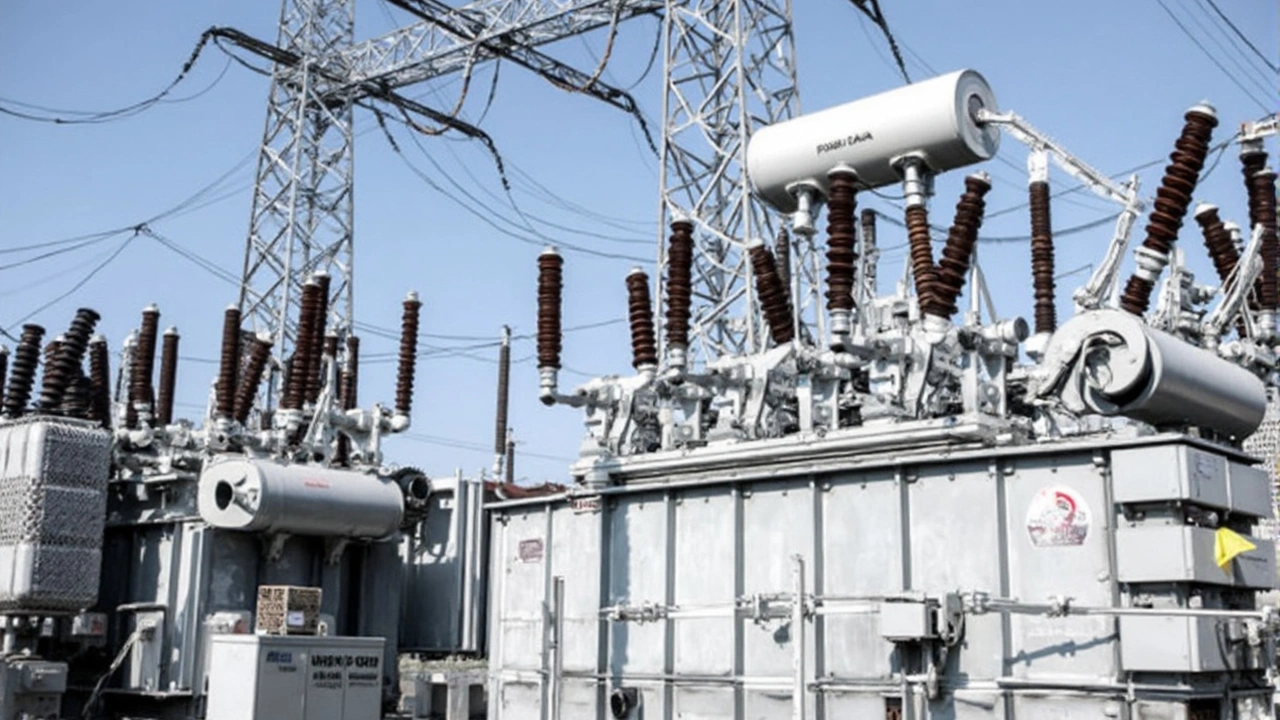Nigeria Plunged into Darkness with Massive Power Grid Collapse
On the morning of February 12, 2025, Nigeria was overtaken by yet another disruptive blackout caused by the collapse of the national grid. This incident, which threw the entire nation, including the Federal Capital Territory (FCT), into darkness, unfolded rapidly as power generation plummeted from an already meager 4,064 megawatts (MW) at 11 AM to an absolute zero by 1 PM.
The Transmission Company of Nigeria (TCN), tasked with overseeing the nation's power transmission, was quick to confirm this unfortunate event. According to TCN, a 'system disturbance' led to the cascade failure, wiping out any remaining power supply in the country. Yet again, Nigeria is forced to grapple with the question of why such instabilities in the power infrastructure persist.
Ongoing Challenges and Public Frustration
The Abuja Electricity Distribution Company (AEDC) responded to the outage by assuring customers that efforts were underway to restore electricity. However, for millions of Nigerians, this repetition of outages is a frustrating reminder of the chronic instability in the country's power sector. This most recent collapse is the first of the year but follows a troubling pattern, with a dozen incidents in 2024 and over 100 grid collapses haunting the past decade.
The recurring power grid failures underscore longstanding issues with Nigeria's infrastructure. Residents, businesses, and the economy at large bear the brunt of these blackouts, struggling to find coping mechanisms amid increasing energy demands and diminishing reliability. Individuals have taken to social media to voice their anger and disappointment, urging authorities to initiate meaningful reforms and improve maintenance protocols.
As the government and related agencies continue with their restoration efforts, the broader question remains: how can Nigeria avoid such grid collapses in the future? The answer lies not just in fixing immediate technical issues but also in overhauling the entire power infrastructure, investing in sustainable technologies, and ensuring proper management and oversight.
